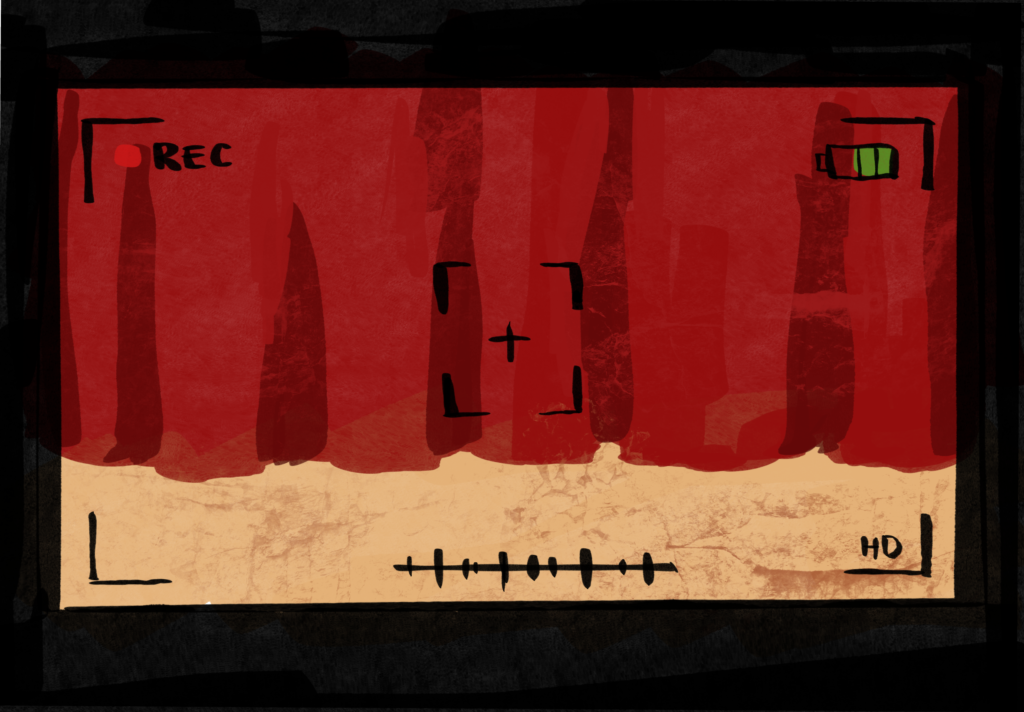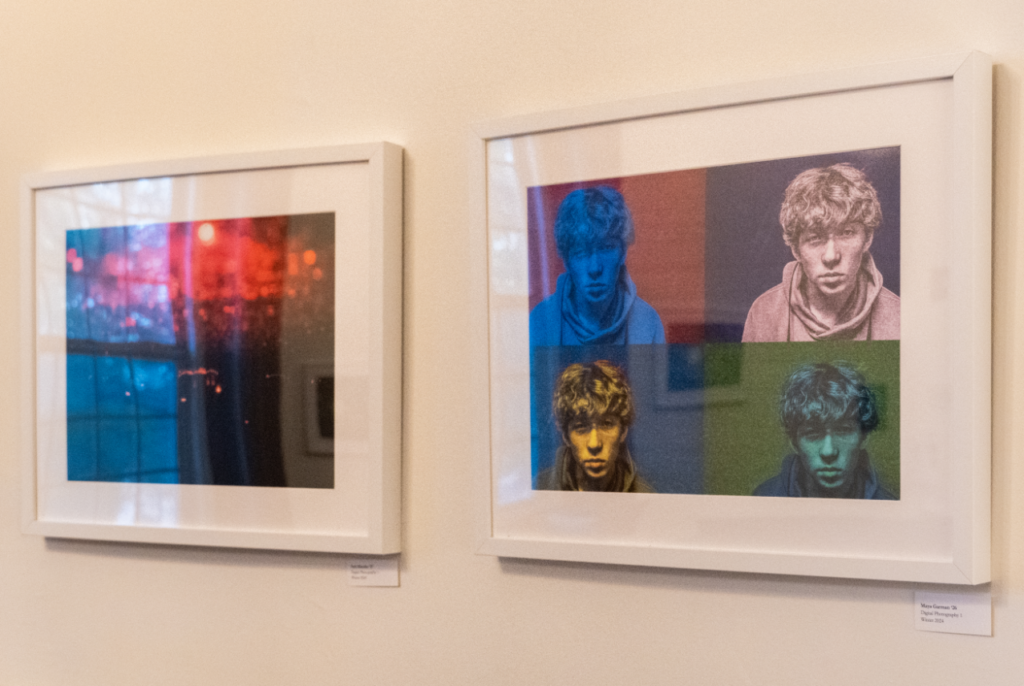

(Top) Mr. Leonardo Sandoval gives a demonstration in his masterclass.
(Botton) Music from the Sole performs I Didn’t Want to Stay at the PMAC.
Led by dancer Mr. Leonardo Sandoval and musician Mr. Gregory Richardson, Music from the Sole is based in New York City and presents original Afro-Brazilian music and dance to a wide range of audiences. At Choate, they performed I Didn’t Come to Stay, a work featuring eight dancers and a five-piece band. Incorporating dance forms such as tap, percussive dance, samba, and house into live funk and jazz music, the performance was a joyful presentation of artistic diversity and virtuosity.
As the lights dimmed in the Paul Mellon Arts Center (PMAC) at 7:30 p.m on October 7 and 8, dancers and musicians filed into the auditorium from the side door. Holding cowbells and drums of all sizes, company members of Music from the Sole energetically danced and sang their way onto the stage while audience members watched with great anticipation.
The performance was well received by the Choate students. Chelsea Branch ’25, who attended the Friday performance, said, “I really liked how the dancers and the musicians were all so in sync. They seemed like they really felt the music and felt the dancing, and I thought that that was very admirable.”
Dance Composition students were required to attend the performance. Dancer and student choreographer Vicky Dzodan ’23 noticed how the artists in I Didn’t Come to Stay “copied, contrasted, and complemented” each other — a concept that she learned in Dance Composition class.
“Sometimes the music would be complementing the tap dance, while at other times the tap dancing would contrast the silence. And then, other dancers would come in and complement and copy the movements, and it would all come together,” she explained.
Just days before the performance, Mr. Sandoval and Mr. Richardson hosted a body percussion masterclass in the Colony Hall Dance Studio for dance and music program students. The session featured call-and-response exercises as well as a group combination. In the beginning, students stood in a circle and mimicked a rhythmic body percussion pattern performed by Mr. Sandoval. They experimented with dynamics, pitches, and rhythms that they could create by stomping, clapping, or hitting different parts of their bodies.
Next, Mr. Sandoval taught a combination that consisted of three rhythmic patterns overlapping with each other. The class was split into three groups, and each group tried each pattern. The class experienced difficulty with staying in time through a tendency to rush, but Mr. Sandoval and Mr. Richardson expertly guided students through the combination by breaking it down.
For ballet dancer Leilani Gao ’26, the workshop emphasized the importance of rhythm in dance. “I never really thought that much into the rhythm of dance,” she said. “Being able to see how rhythm is so important in other types of dancing was a different type of thinking.”
The rhythmic combination exercised listening skills that are crucial in ensemble playing for Music Arts Concentration student and dancer Aria Ramnath ’24. “I think it was a good exercise in listening because you had to worry about yourself — make sure you’re doing the choreography correctly — but also make sure that it matches up and is in time with the others,” she said.
Ramnath was also intrigued by how the dance and music worlds collided in the masterclass. While musicians typically practice in practice rooms and dancers rehearse in the studio, the masterclass brought the two groups together. “Everyone got out of their element. I think it was interesting to see how people from different disciplines interacted with each other,” she said. “If we have more events like this, it can be a ground for collaboration.”
The interdisciplinary nature of the masterclass is reflected in I Didn’t Come to Stay, where musicians joined in on the dancing while dancers sang and created their own music through tap dance and body percussion. At the end of the performance, the line between dancers and musicians blurred once again as the artists paraded out of the PMAC, grooving and vocalizing to the beat of the drums.




